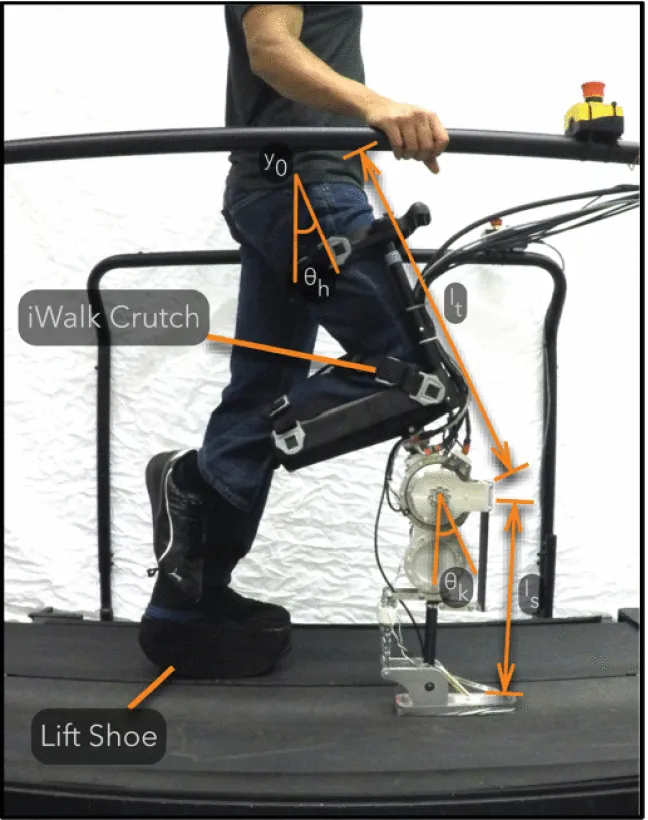Sensory Systems in Micro-Processor Controlled Prosthetic Leg: A Review
Prosthetic legs have been in use since decades and their design is evolving with advancement in sensors and actuators technology. Microprocessor controlled (MPC) prosthetic legsuse a system of sensors and actuators. The amputee’s gait intention is collected by sensors through the biological action triggered by neural pulses. This is achieved by electromyogram (EMG) or Electroencephalography (EEG). The design is an integrated mapping of user’s biological-oriented sensory system and neuro-muscular sensory system with the motion analysis system attached with the body to capture full kinematics of the amputee. The mapping algorithm works through the microprocessor which ultimately sends command to the actuators to perform the walking.
An amputee wants that a prosthetic leg system makes her resume her normal routine activities. In order to mimic the functions of a normal leg a prosthetic leg system has to take care of the activity level of the user, the suspension, the method of connection to her residual limb, to keep the limb in good health, ensure comfort(distributes even pressure on the residual limb, connection with vacuum that allows minimal movement of the limb in the socket), guarantee safe and symmetrical gait with each step. The residual limb rests in the prosthetic socket. Hence it experiences several types of forces, such as rotation and shear. A good suspension system requires tominimize rotation. The shear applies in between two steps, when the foot is off the ground and the limb functions as a piston in the prosthetic socket.
In a prosthetic leg the microprocessor has to first acquire information of the position of the knee, ankle, toes and heel and then to function based on the command coming from the brain through sensory nerves in muscles and tendons from the EMG signals. The EMG electrodes detect electrical signals created by the muscles movement of the user. These signals then are transmitted to the microprocessor embedded in the prosthetic that controls its movement. The sensors in the user’s shoe send position and grip information of the leg in response to the foot movements. The system should be sensitive enough to recognize weak or strong signals. The user’s safety relies on the sensing system of the prosthetics. More the data better is the comfort and performance. Sometimes it might require surgical procedure to install sensors.
There are two ways of acquiring data – i) externally from the prosthetic device oriented sensory system which uses accelerometer, gyroscope, goniometer, magnetometer sensors. These sensors understand the current state of the device, predict the user’s intention, make out about the surrounding environment of the user and feed these data to the microcontroller. This in turn decides the next step of the motion. ii) Kinetics sensors such as strain gauge, load cell, pressure pads and piezo-electric/resistive devices. These sensing devices primarily note these states of the user – quiet standing, gait intention, steady-state gait and gait termination, level walking, ramp ascent/descent, stair ascent/descent. The state-of-the art is that these MPC prosthetic systems are able to analyze the Central Nervous System signals and Peripheral Nervous System as well. It is an application domain of Brain-Machine Interface. Some of the common techniques are Electroencephalography (EEG), functional Near-IR Spectroscopy (fNIRS), Elecrocorticography (ECoG).
The next level challenge remains here is that the normal locomotive motion also takes inputs from the other sensory organs such as eyes and ears, which is right now missing in the state-of-the-art microprocessor controlled prosthetic legs. This lack is a compromise in user’s safety.




